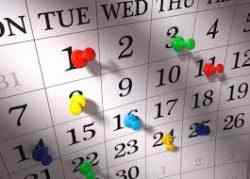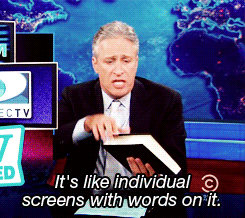
What the hell is a Crossover?
Before this class, I had never read a story with the same flow and format as The Crossover. Even though the book is 237 pages long, it feels like a quick read because of how flawlessly the chapters flow together. I also really dug the way the author chose to format certain stanzas and words because it demonstrates what parts of the story the author wanted to add emotion and emphasis to. Through his word magic Kwame Alexander paints a picture of what goes on inside the mind of the main character, Josh, allowing us as readers the opportunity to put ourselves in his shoes and forces us to feel every emotion as they come.
One of the main observations I made while reading was Josh’s continuous battle with creating his own identity separate from his twin brother. Being that Josh is supposed to be in middle school I find this extremely fitting because (as some of my psych-minded friends may know) according to Erik Erikson, identity versus role confusion is the main crisis we face at that point in adolescent development. Another observation I made was how relatable Josh’s life experiences are, specifically the moral dilemmas he faces. Anger, jealousy, swallowing your pride, saying sorry, forgiveness, death, grief, and finding a balance between school and extracurriculars are all challenges Josh is forced to tackle head-on. Seeing as the main audience of this book is children, I think it was an important move on the author’s part to include these moral struggles because it can be used as a guide for the audience as they encounter similar situations. The next immediate observation I noticed was how positive the parental role models are throughout the story. Even though Josh’s dad was a famous basketball player, he didn’t let the fame and money get to his head. His main focus was being the best dad he could be to Josh and his brother. Both of his parents are also extremely supportive when it comes to their sons’ sports dreams, but not to the point where they become the overbearing sports parents we all know and love. Josh’s parents also set an example for what a positive and loving marriage should look like, and how parents should interact with each other and their children. I think this is important for young readers to be exposed to because not every child is fortunate enough to come and learn from a positive home environment.
Educators can use The Crossover as an introduction to the class poetry unit because it’s not as abrasive as most of the typical bullshit they feed us in K-12 curriculum and it can help ease the worries of hesitant children. For starters, you could have students split into small groups and use the book as a mentor text to learn and gain inspiration from. From there you can do what we did in class by having each group member pick a stanza or two that stood out to them and have them write their own version of that section. Once everyone is done, they can each share their masterpiece with their small group members. Having students share in small groups can help those painfully shy students build the confidence that’s required when speaking in front of the class. You could also go another route and highlight specific sections where the author plays with the form and structure and have students talk within their small groups as to why they think that particular word or section was emphasized. This route would need to be adjusted accordingly depending on the age group of the students.
**************************************************************************
Sometimes you have to lean back a little and fade away
to get the best shot.
Your arms heavy as anchors.
But you can’t drop the ball.
When you stop playing your game you’ve already lost.
A loss is inevitable like snow in the winter.
True champions learn to dance through the storm.
Hey, I shout: “We Da Man.”
(Ps Sorry I’ve been the worst time-wise with posting these….feel free to kick my ass at any time)


